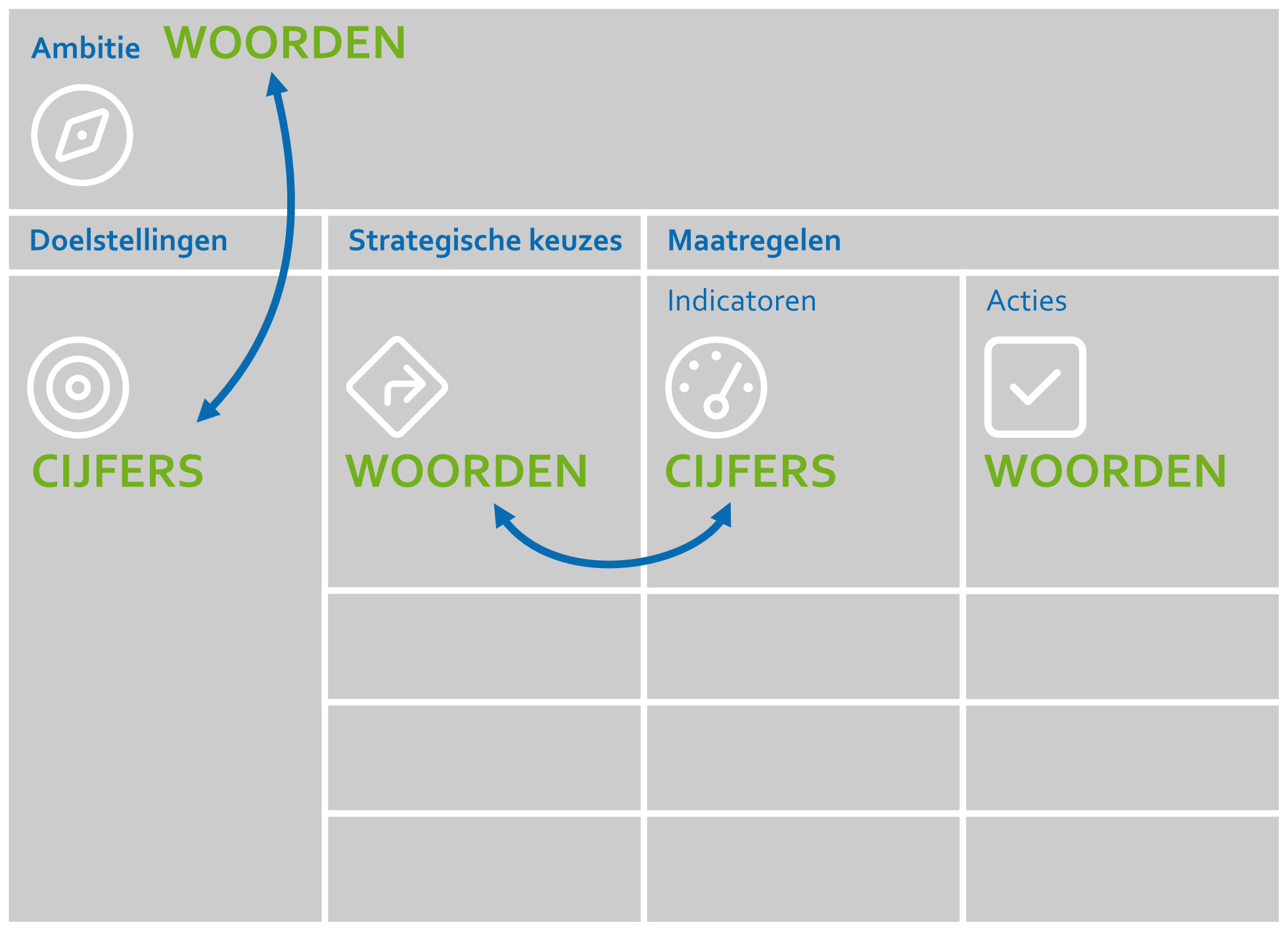Achieving goals is not the goal
In many organizations, employees run and fly to meet expectations. These expectations are laid down in 'targets' or simply goals. You must be billable for at least 70%, generate a turnover of € 200.000, achieve an average customer satisfaction score of 8,5, handle ten questions per hour, and so on.
Nicely SMART, such goals. Sure, but there is a great danger lurking. Namely that the goals become leading and the underlying objective is forgotten.
Give us a 9+
Take the car dealer who always gives customers a card after a service: “Do you also rate us with a 9+?” On the card is the explanation that an 8 actually means 'reasonable'. No, my friends, an 8 means 'good'. The goal of your organization is not to achieve a 9+, but to realize an excellent customer experience. You don't solve that with a card with which you beg for a higher grade, but by providing top service.
Campbell's law
Donald T. Campbell was a social scientist and formulated the following law:
“The more a quantitative (numerical) social indicator is used for social decision-making, the more it will be subject to corruption pressures and the more prone it will be to disrupt and corrupt the social processes it has to control.”
In other words: If you put a lot of emphasis on a quantitative goal, it quickly becomes more important than the actual goal. And so people start looking for all kinds of ways to meet the standard. Achieving a 9+ becomes more important than the actual customer experience.
Escape Campbell with OGSM
Fortunately, there is a way out: Send WITH numbers, not ON numbers. Use goals and indicators to make concrete what results you are striving for. And to keep track of the results you achieve. But always judge the progress against the underlying goal.
The OGSM model can you help. Words and numbers reinforce each other in this model.

You formulate an objective in words. The goals make these concrete and measurable. The objective and goals are linked.
The same applies to strategies and indicators. The strategies describe what you want to achieve and the indicators make these words concrete and measurable. At the evaluating progress make sure to check the indicators. However, you use the measured values to assess the strategy. The evaluation therefore always focuses on the underlying goal (as described in the strategy). You don't adjust your plan simply because the numbers indicate it, but because you yourself conclude that you should run and fly faster or run and fly in the other direction.
Thanks to Ben Tiggelaar for the inspiration for this article† And to Angelique Bakker for her response to Ben Tiggelaar's post: "In other words, send WITH numbers and not ON numbers."


